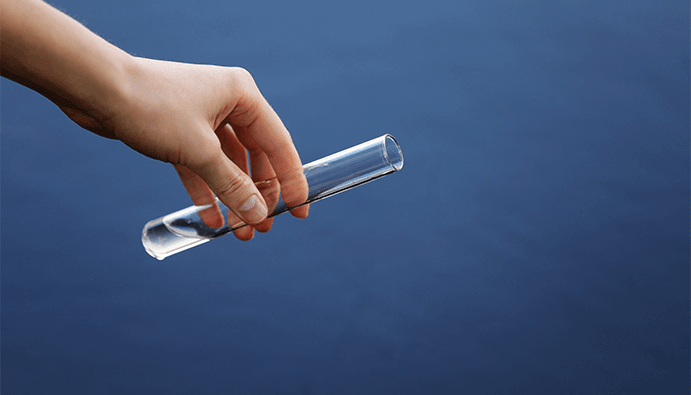Water Testing
In order to ensure the protection and best use of our country's underground and surface water resources, it is necessary to prevent water pollution. In order to achieve this, some legal arrangements have been made, aquatic environments have been classified, the principles and prohibitions for the use of water resources and the protection of water quality have been determined, the discharge principles and discharge methods of waste water have been determined, the working principles of waste water infrastructure facilities and the methods of controls to be made to prevent water pollution. explained.The legal procedures prepared and implemented by the Ministry of Environment and Forestry in this direction are as follows:
• Water Pollution Control Regulation
• Water Pollution Control Regulation Sampling and Analysis Methods Communiqué
• Regulation Concerning the Quality of Surface Water Obtained or Planned to Obtain Drinking Water
• Bathing Water Quality Regulation
• Regulation on Control of Pollution Caused by Dangerous Substances in Water and Its Environment
| Heavy Metal Determination | Determination of Ammonium | Determination of Nitrite/Nitrite Nitrogen |
| Determination of Nitrate/Nitrate Nitrogen | Determination of Alkalinity | Determination of Free Chlorine |
| Determination of Chloride | Determination of Total Chlorine | Salinity Determination |
| Determination of Chloride | Determination of Fluoride | Determination of Sulfate |
| Determination of Total Hardness | Determination of Hardness | pH determination |
| Determination of Conductivity | Determination of Turbidity | Temperature Determination |
| Color Determination | Determination of Light Transmittance | Escherichia coli Count |
| Coliform Bacteria Count | Salmonella spp. detection | Pseudomonas aeruginosa Census |
| Clostridium perfringens Count | Counting Fecal Enterococci | Colony Count |
| Total Pesticide | Legionella Count | Determination of Bacterial Endotoxin |


